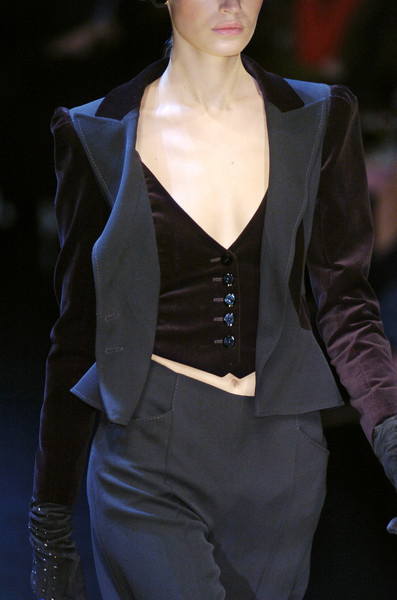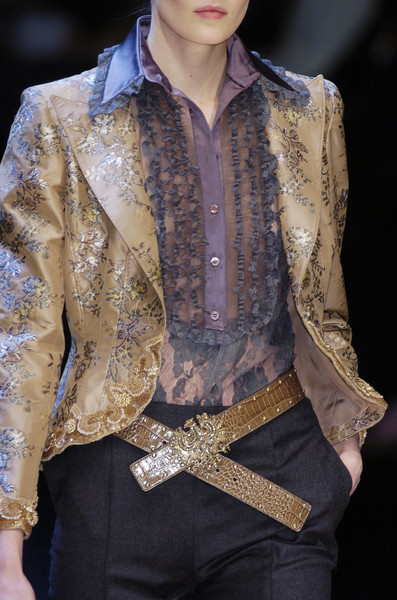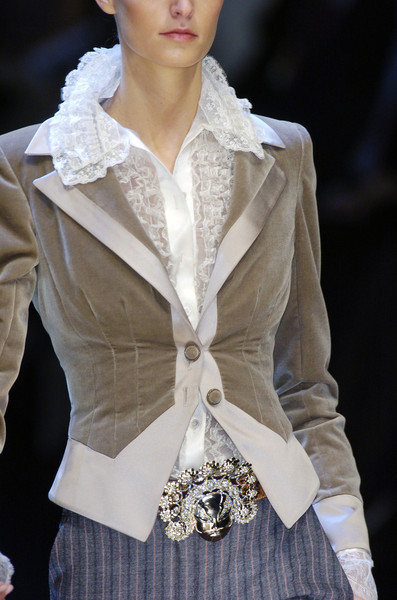㋡🥀



㋡🥀
dried flowers..
More Posts from Goblin-in-the-rain and Others




Valentino at Paris Fashion Week Fall 2005
This is a fox;

This is not a fox;

Isn’t canid taxonomy fun!
Eyed Elaters (Alaus)
eyed elater click beetles, like this Alaus oculatus from Florida, are the biggest click beetles (Elateridae) found in temperate North America.
Click beetles are best known for their eponymous clicking ability- a sort of elastic locking mechanism on their thorax can snap open with a loud clicking sound, which helps them startle or escape the grasp of predators and allows them to launch themselves into the air when overturned (you can see that in slow motion at the end of the video)



(more elating click beetle trivia below!)


They live around decaying trees and logs, the adults feeding on sap flows and other sugary liquids while the predatory grubs use their powerful jaws to tunnel in search of other wood-dwelling insect larvae to devour (by contrast many smaller click beetle larvae, often called wireworms, feed on rotting wood itself or other plant matter). To rear these beetles in captivity it’s necessary to keep the larvae in containers made of a hard material like glass, as they’ll chew through plastic and escape (I learned this the hard way the first time I found and attempted to raise a grub).
There are 6 Alaus species in the US, the largest of which can be over 5 cm long. Two are found in forests along the east coast- A. oculatus, the eastern eyed elater (below, left) and its smaller relative A. myops, the blind elater (right).


Even though the larvae don't feed directly on decaying wood, different Alaus species prefer different trees- oculatus breeds in dead oaks and other hardwoods, while myops found in the same habitats only use well-rotted pines.

Cloud shadows shot by @tspfeffer July 2021 🌞 via @odeandiefreude
I rlly love your art! I like to draw too but I'm having trouble with chubby/fat characters. Is there any advice you could give? (Sorry if this is weird or annoying, if so you don't gotta answer it.)
I get this question a lot, and for once I’m going to try to give a proper answer.
I what most people get wrong is how to distribute fat. People gain fat in different parts of their body, but no one gains fat in only one part. I often see people draw “fat” characters by just drawing a skinny character and making their belly stick out, like in the picture below.

as you can see, the first drawing looks kinda weird and unnatural, and it certainly does not look “fat”. in the second drawing the fat distribution is more natural, with fat on the characters’ sides and chest as well as the belly. if you want to get better at drawing fat you should practice adding fat to those areas, as well as the arms, face and neck. another thing that makes the first one look strange is how “hard” the fat looks. there’s a really visible border between the “skinny” part of the body and the “fat” part. fat doesn’t work the same way as muscle. fat is soft and doesn’t have any strenght - meaning that unless you physically lift it up its going to hang and sag. a lot of people are afraid of drawing fat that looks fat - as in fat that bulges, sags and gathers in rolls. that is a shame, because you can’t really skip that stuff if you want to draw natural looking fat.

like you see in the drawing above, adding rolls and visible sagging makes the fat look, well, fatter. all I can say is; don’t be afraid of making your fat look like real fat!
My dad called my rat a “little friend” and I just found that important
Here you go anon!


And here’s one for animals if you want that too:

Do you have any resources for pose references?
God no, sorry. At most I trace the skeleton of a meme if I'm redrawing it or watch an anime with veguely similar concepts, but my posing is freehand and attrocious for it, and I'm terrible at collecting references. You can probably find someone on deviantart I think I remember seeing references there back in the day.
Random bee behavior fact for those who wish to read, just because I feel like it and because it’s late and I’m stalling on sleeping:
Bumblebees may seem like passive, cuddly, and docile creatures, but they won’t hesitate to defend themselves if they feel as if their warnings aren’t being read or taken seriously.
I.e. the photos and diagram below, when a bee feels threatened they will raise one or more of their legs into the air, signaling to whatever or whomever may be bothering them as a message essentiality saying: “hey, back off, too close!”


species pictured: bombus pascuorum, bombus impatiens
If their defensive posture goes unnoticed or ignored, they may be pushed into defending themselves by stinging (which is also a stressful experience for not only one such as yourself, but also for the bee.) If you ever find yourself getting close to a bumblebee while taking pictures, walking close to them, or just admiring them, remember this posture! If a bee does this, it is simply asking you to take a step back as it feels it is being threatened.
Now you can understand and use this knowledge to your advantage if you ever come across one in the future. (Of course, because it’s very hard not to anthropomorphize animals, I do have to admit that they do look pretty cute when doing it. Just remember to respect them though!)




Library at Marienburg Castle, Germany

-
 levtavi reblogged this · 2 months ago
levtavi reblogged this · 2 months ago -
 levtavi liked this · 2 months ago
levtavi liked this · 2 months ago -
 narciesuss reblogged this · 5 months ago
narciesuss reblogged this · 5 months ago -
 narciesuss liked this · 5 months ago
narciesuss liked this · 5 months ago -
 elefantism-blog liked this · 7 months ago
elefantism-blog liked this · 7 months ago -
 annargzv1 liked this · 7 months ago
annargzv1 liked this · 7 months ago -
 formlessblackmass reblogged this · 1 year ago
formlessblackmass reblogged this · 1 year ago -
 kelvinmccray liked this · 1 year ago
kelvinmccray liked this · 1 year ago -
 kimberleesanity liked this · 1 year ago
kimberleesanity liked this · 1 year ago -
 ethereal-witchery reblogged this · 1 year ago
ethereal-witchery reblogged this · 1 year ago -
 tsg919 reblogged this · 1 year ago
tsg919 reblogged this · 1 year ago -
 tsg919 liked this · 1 year ago
tsg919 liked this · 1 year ago -
 argonautsoul liked this · 1 year ago
argonautsoul liked this · 1 year ago -
 lilturtell liked this · 1 year ago
lilturtell liked this · 1 year ago -
 universalstudent liked this · 2 years ago
universalstudent liked this · 2 years ago -
 nefertittti reblogged this · 2 years ago
nefertittti reblogged this · 2 years ago -
 xstarrydreamsx reblogged this · 2 years ago
xstarrydreamsx reblogged this · 2 years ago -
 megamellowpeachstudent reblogged this · 2 years ago
megamellowpeachstudent reblogged this · 2 years ago -
 impgall reblogged this · 2 years ago
impgall reblogged this · 2 years ago -
 impgall reblogged this · 2 years ago
impgall reblogged this · 2 years ago -
 jerryr815 liked this · 2 years ago
jerryr815 liked this · 2 years ago -
 thebeetlegirlblog reblogged this · 2 years ago
thebeetlegirlblog reblogged this · 2 years ago -
 odrihepburn liked this · 2 years ago
odrihepburn liked this · 2 years ago -
 niceofthenine liked this · 2 years ago
niceofthenine liked this · 2 years ago -
 automaticdestinytrash reblogged this · 2 years ago
automaticdestinytrash reblogged this · 2 years ago -
 kryptonitechild reblogged this · 2 years ago
kryptonitechild reblogged this · 2 years ago -
 crybvby reblogged this · 2 years ago
crybvby reblogged this · 2 years ago -
 salems-demon reblogged this · 2 years ago
salems-demon reblogged this · 2 years ago -
 craykaymarie liked this · 2 years ago
craykaymarie liked this · 2 years ago -
 alles-war-schoen-nichts-tat-weh reblogged this · 2 years ago
alles-war-schoen-nichts-tat-weh reblogged this · 2 years ago -
 tangled-grace reblogged this · 2 years ago
tangled-grace reblogged this · 2 years ago

Hi it’s me puddleorganism if you’re confused why you got a billion hoops from me
298 posts